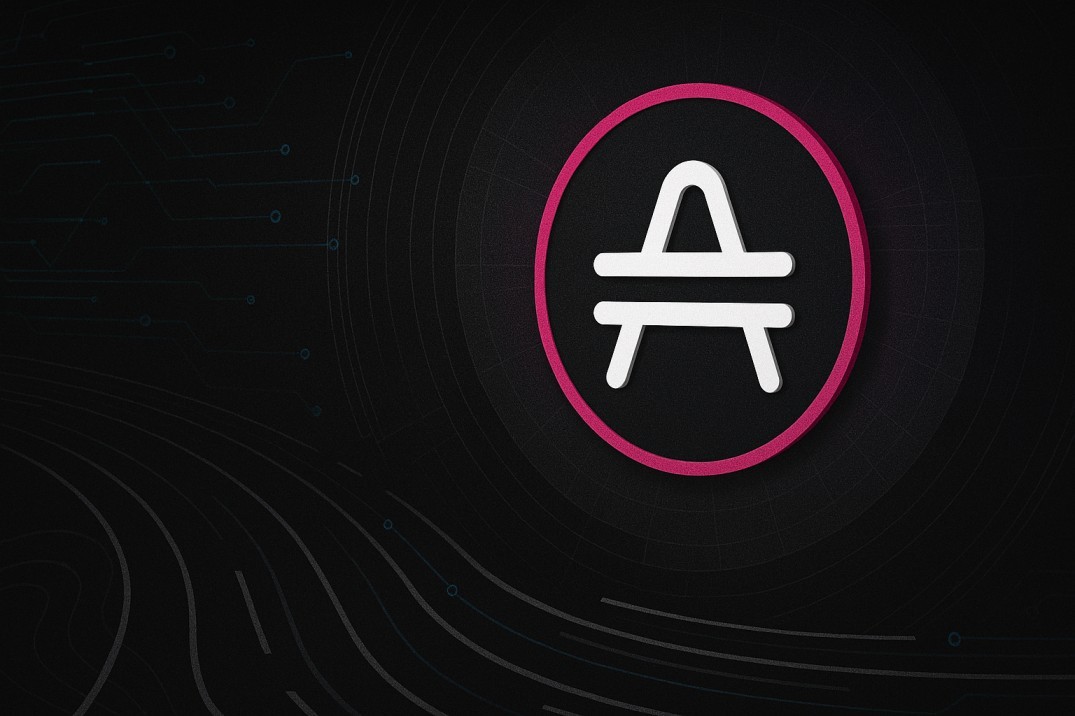TL;DR - AMP in Brief
- AMP is a universal collateral token enabling fast, fraud-resistant transfers across Flexa and DeFi platforms.
- Collateral managers and partitions allow escrow services without moving tokens.
- Used in real-time merchant payments, margin collateralization, and DeFi.
- Fixed ~100 billion supply; allocation supports adoption, grants, rewards.
- Stakers earn AMP from fiat transaction fees via market purchases.
- Open-source, extensible system-not controlled by a central issuer.
- Risk lies in oracle reliability, contract complexity, and adoption dependency.
AMP is an open-source, decentralized universal collateral token built on Ethereum, introduced in 2020 by the Flexa team. It enables fast, secure value transfers by acting as collateral while transactions reach final settlement. During the wait, AMP is held by designated "collateral managers." Once the underlying asset is confirmed (which can take seconds to days), the AMP is released and freed for reuse.
AMP solves the classic speed versus security trade-off in crypto transfers: users don't have to wait for block confirmations for security, and yet transactions can move instantly using collateral assurance.
Core Architecture: Collateral Managers & Partitions

Collateral Managers
These are smart contract "escrow" systems. They lock AMP tokens into partitions, manage collateral, and reward stakers for enabling real-time transfers. Anyone can build a custom collateral manager for any use case.
Collateral Partitions
Partitions segment AMP balances into independent regions-similar to disk partitions. This allows tokens to be staked or escrowed in place (no need to move them), enabling flexible automation with distinct rules per partition.
Together, managers and partitions let AMP serve as reusable, verifiable collateral for different transaction ecosystems without user interruptions or custody transfers.
Real-World Use Cases
Merchant Payments via Flexa
AMP secures instant payments on the Flexa network. Merchants receive immediate settlement regardless of underlying asset or confirmation speed. AMP collateral backs the transaction until finality-if a payment fails, AMP is liquidated to cover losses.
Individual Collateralization
On services like exchanges, users can assign AMP to collateral managers to unlock margin or transfer other assets immediately. The recipient sees instant value backed by AMP, even before confirmation completes.
DeFi Platforms
Protocols can integrate AMP as collateral to reduce settlement risk. This further diversifies AMP's utility and pushes its use beyond payments into broader financial services.
Why AMP Is Unique
Open-source and permissionless: Anyone can deploy collateral managers for AMP, making it flexible for diverse ecosystems.
Token partitions: Allow staking in place and multi-use collateral logic without moving tokens. This enhances custody security and protocol flexibility.
Audit and security: AMP contracts are formally audited (e.g., by ConsenSys Diligence and Trail of Bits) and have secured billions of dollars in live payments without incidents.
Tyler Spalding, CEO of Flexa and one of AMP's creators, described the project as a cornerstone for efficient, secure global payments.
How AMP Works in Practice
When a user initiates a payment, AMP from a collateral pool is locked into a smart contract. The merchant receives authorization instantly. If the payment fails before confirmation, AMP is liquidated to cover the loss. If it succeeds, AMP is released back to the pool. This setup ensures merchant protection without waiting on confirmations.
Collateral pools operate on a smart contract model- anyone can stake. Rewards from network transaction fees are distributed to stakers via open-market purchase and pro-rata allocation from the collateral manager. AMP supports partitioned staking-meaning tokens remain in user wallets while staked, enhancing stewardship and flexibility.
Tokenomics & Economics
Total Supply: Fixed at ~100 billion tokens; no inflation mechanism built in.
Initial Allocation:
- 25% Merchant Development Fund
- 25% Developer Grants
- 20% Team & Employees
- 20% Token Sales
- 10% Network Development Fund
Tokens from grants and merchant funds support adoption and liquidity. Stakers earn rewards from transaction fees-Flexa collects merchant fees, buys AMP on open markets, and distributes rewards pro-rata to participants.
Governance & Ecosystem Growth
AMP's core ecosystem is rooted in Flexa's network, but the protocol allows any developer or organization to integrate collateral services. Open smart contract architecture supports new collateral manager strategies and partition rules.
As Flexa rolls out Capacity v3 (powered by the Anvil protocol, 2025), collateral providers gain improved flexibility, traceability, and time-weighted rewards-boosting participation and scalability.
Strengths of AMP
Enables instant and guaranteed value transfer for payments, margin trades, and DeFi activity.
- High flexibility: developers can build bespoke escrow or collateral logic with partitions and managers.
- Decouples risk: merchants and platforms receive immediate funding assurance.
- Broad integration: accepted across Flexa-powered merchant networks, DeFi protocols, and wallets.
- Non-inflationary: fixed supply prevents dilution and preserves economic value over time.
Risks & Challenges
- Oracle risk: Reliant on accurate price feeds (e.g., Chainlink). Mispricing could cause incorrect collateral liquidations.
- Smart contract risk: Bugs in managers or partition logic might freeze or misallocate collateral.
- Reliance on Flexa usage: AMP's value is tied to Flexa's adoption. A slowdown could weaken utility.
- Collateral saturation: Collateral pools must match usage volume. If underfunded, transactions risk denial.
Looking Ahead: Closing Note
AMP may look like just another token, but beneath it lies a carefully designed mechanism for bridging transaction speed with financial security. By decentralizing collateral through smart partitions and managers, it promises a future where crypto-based commerce works with the immediacy and trust of fiat-without waiting for confirmations.
In a world where digital assets still struggle to match the convenience of real-world payments, AMP quietly powers trust in motion.











